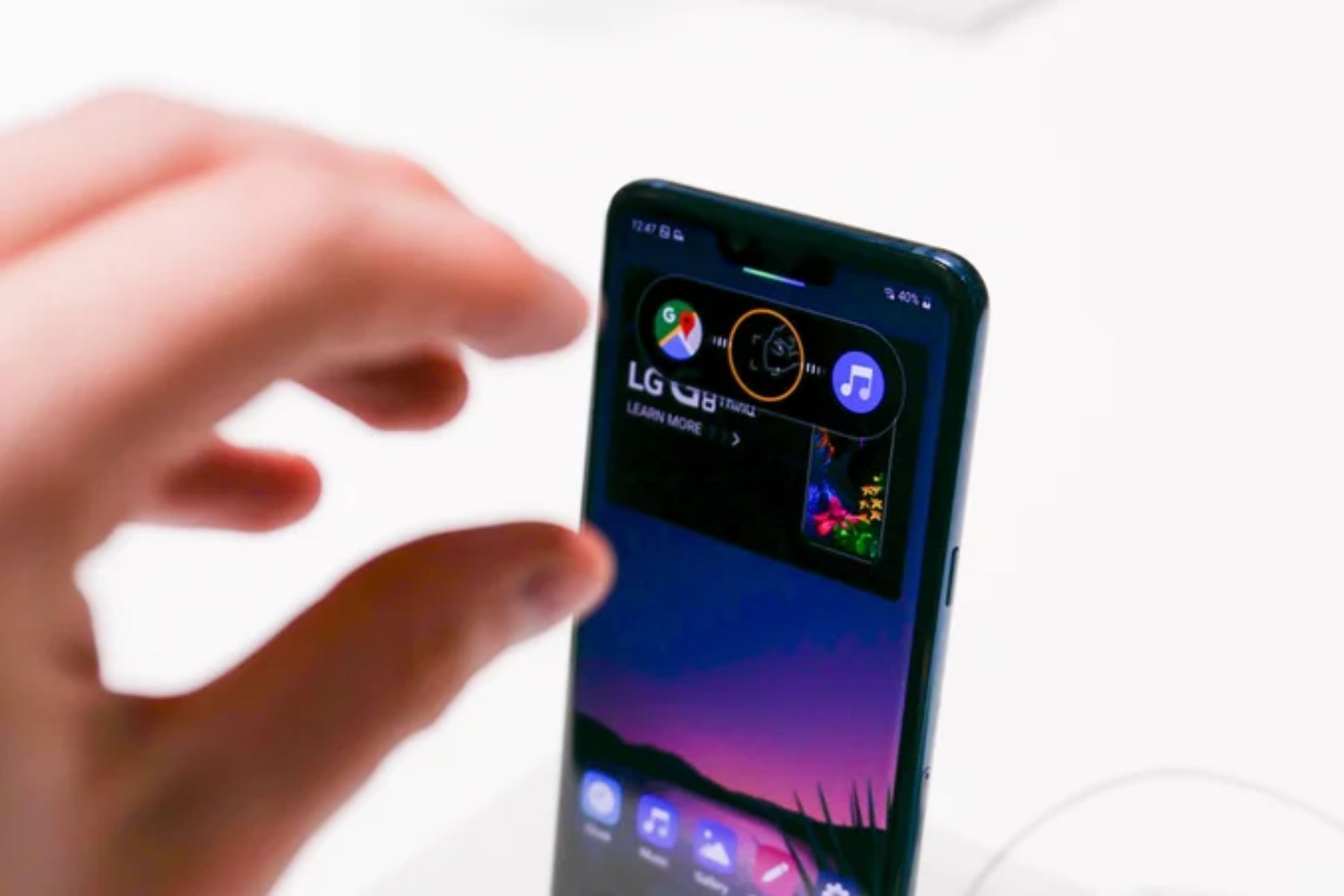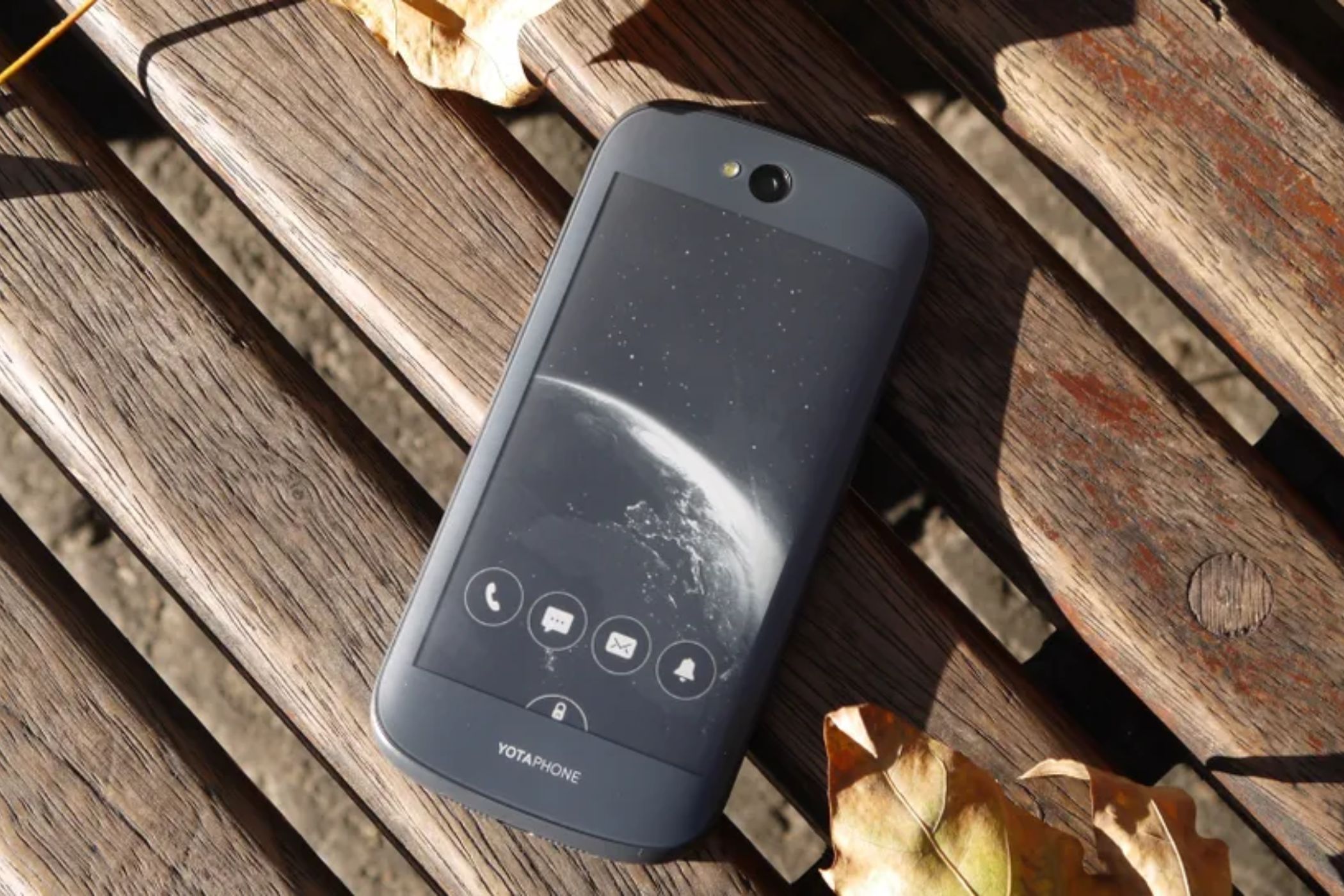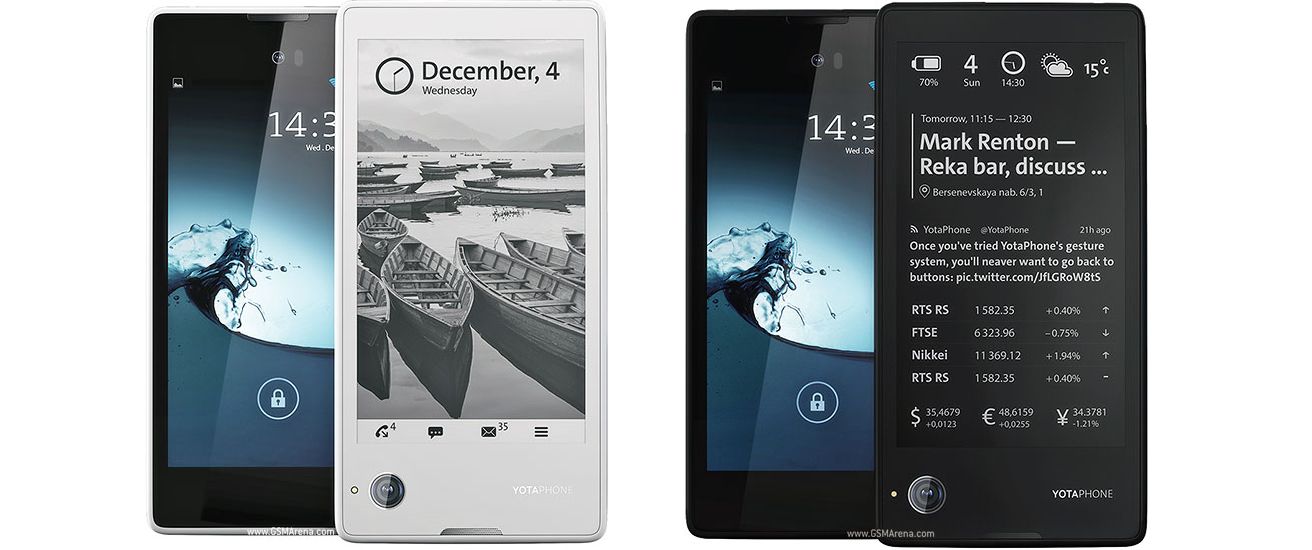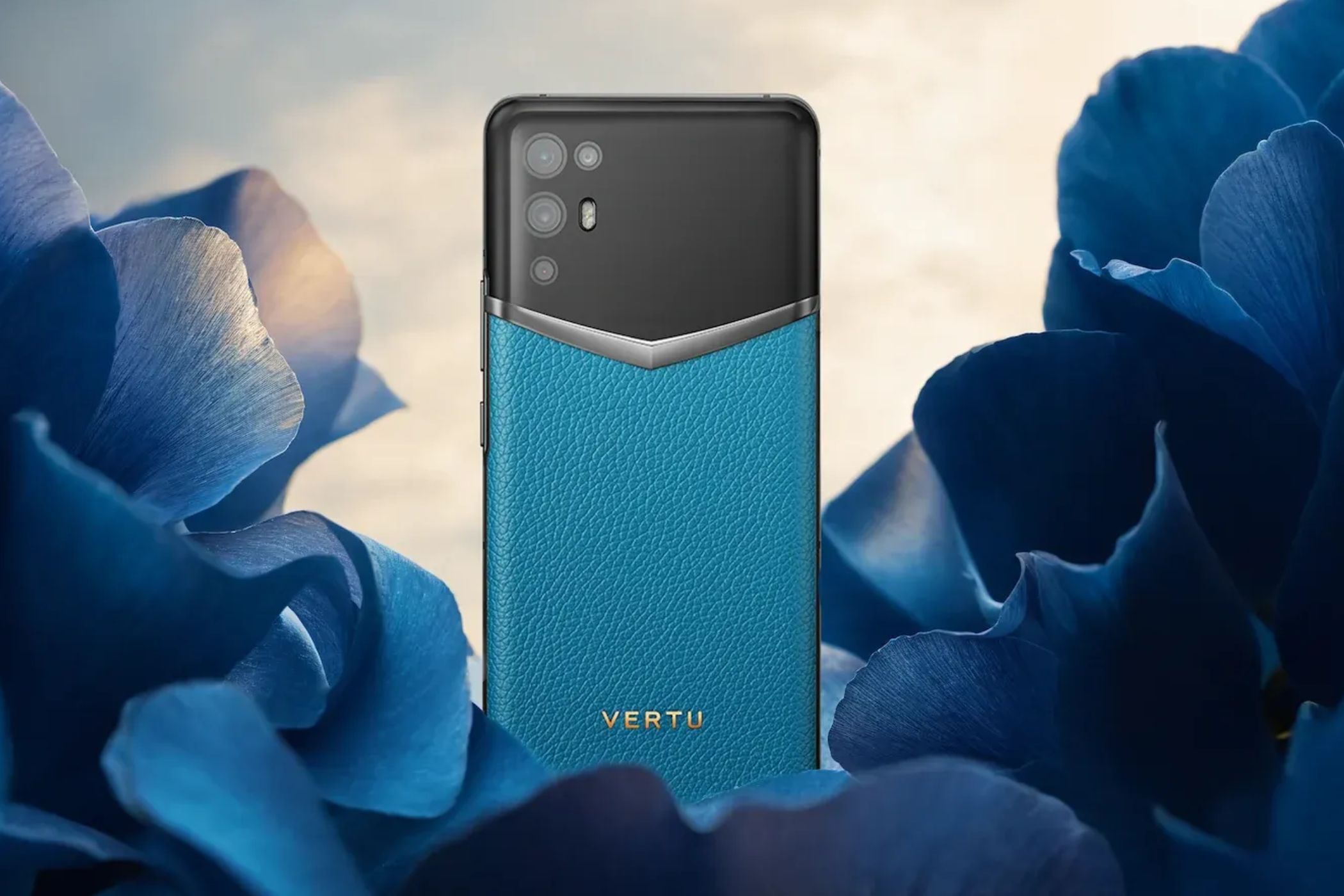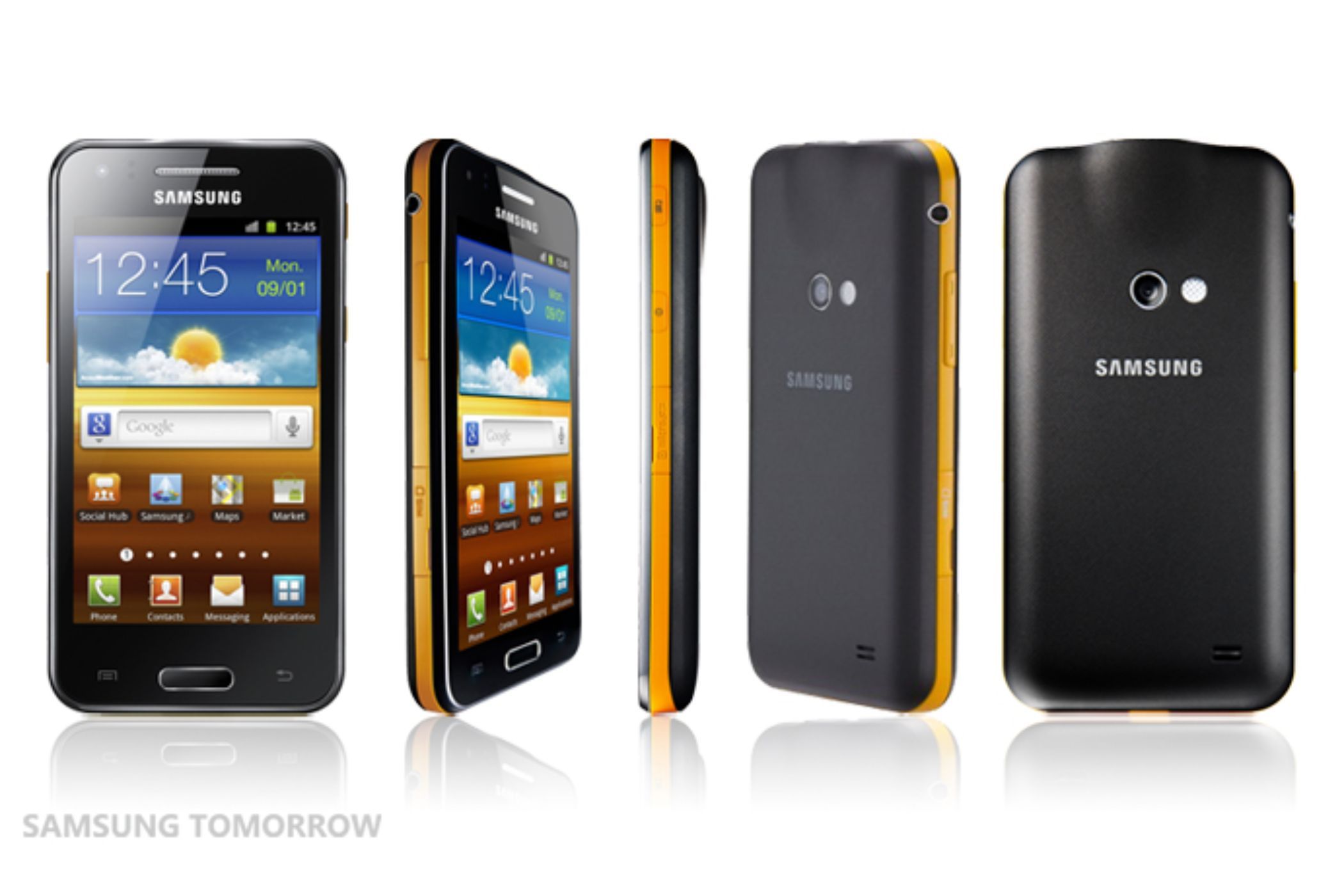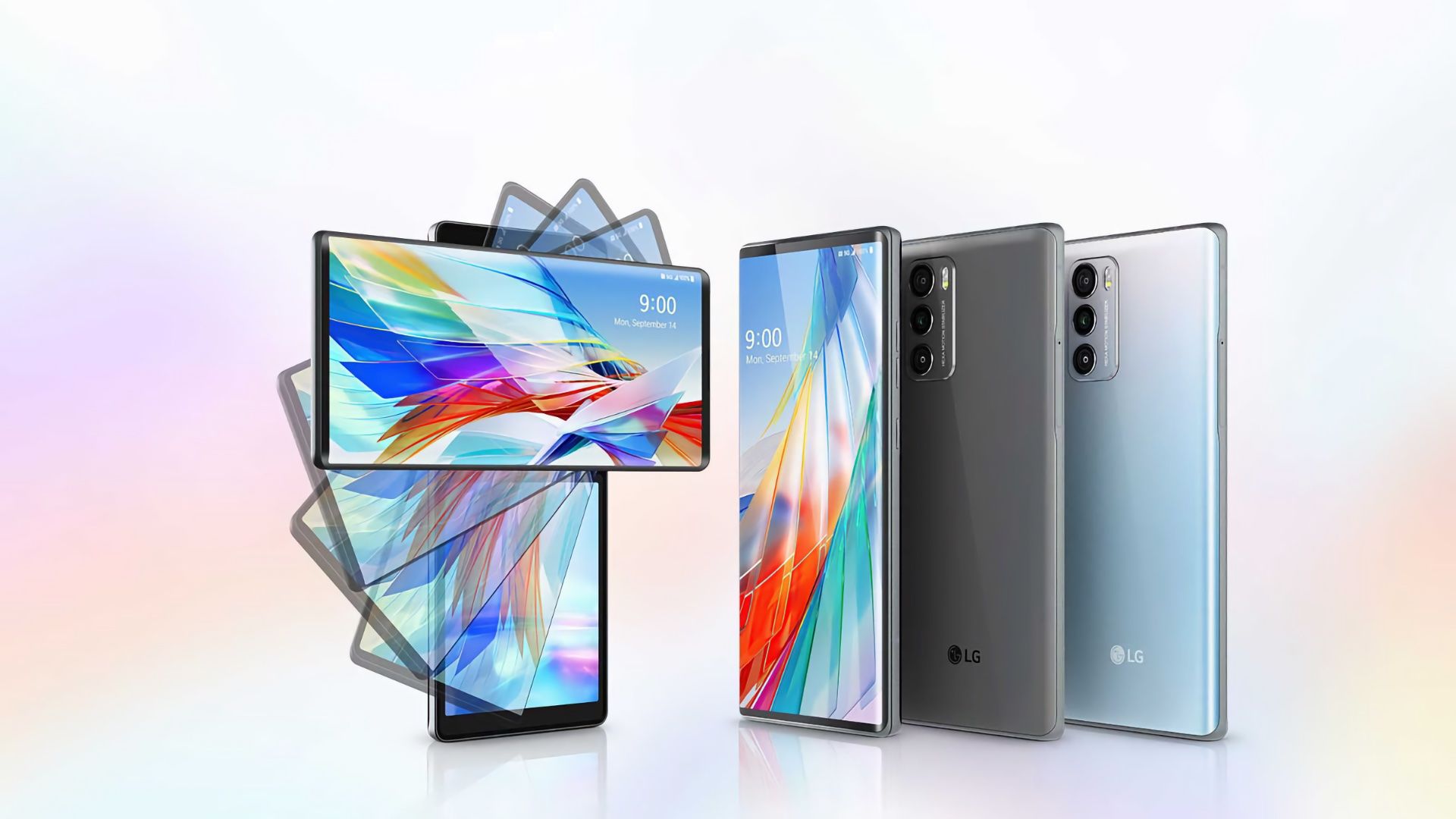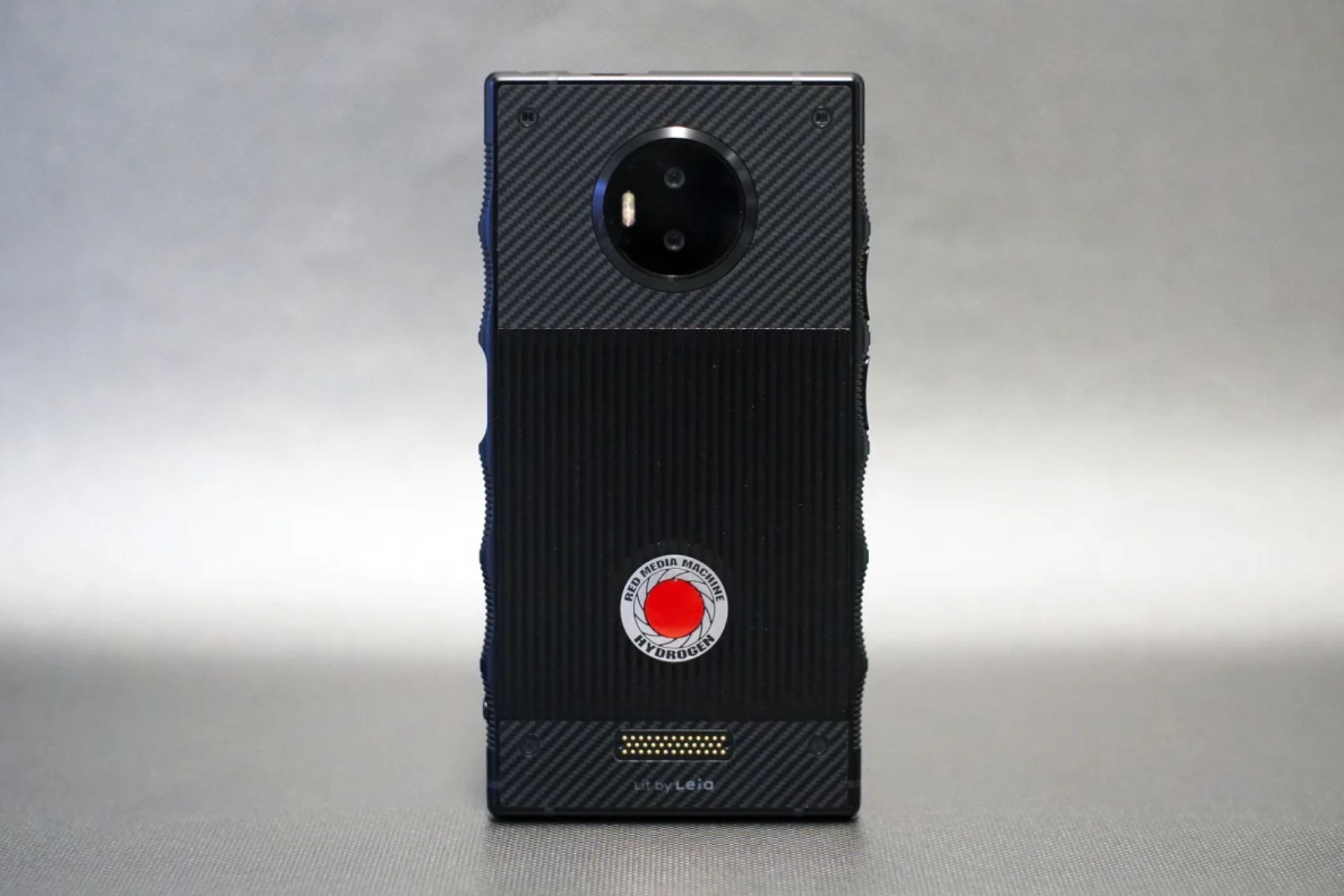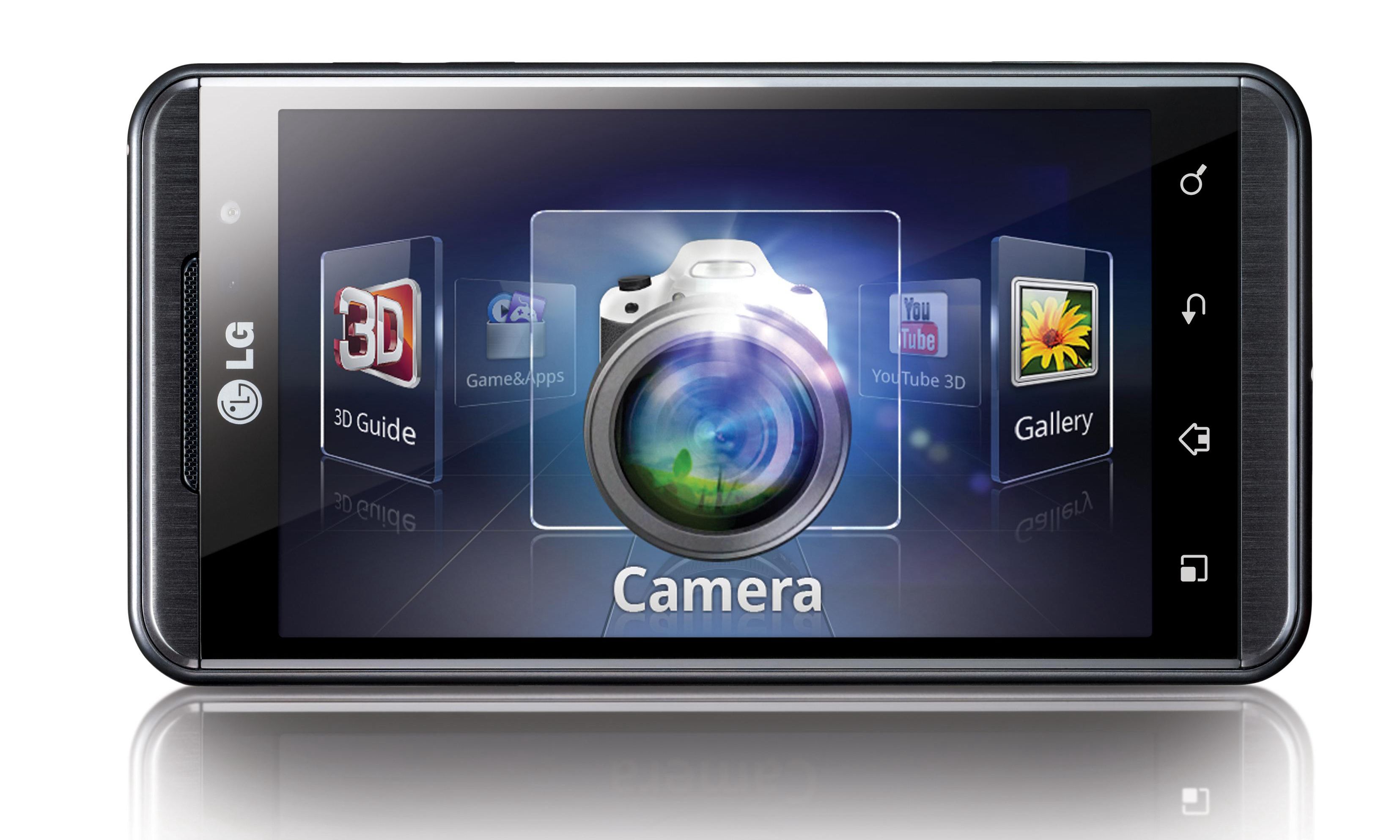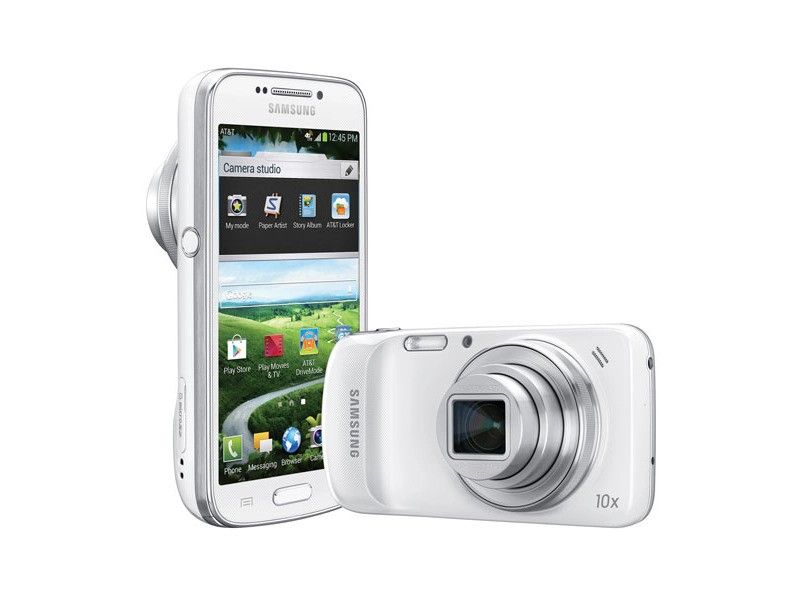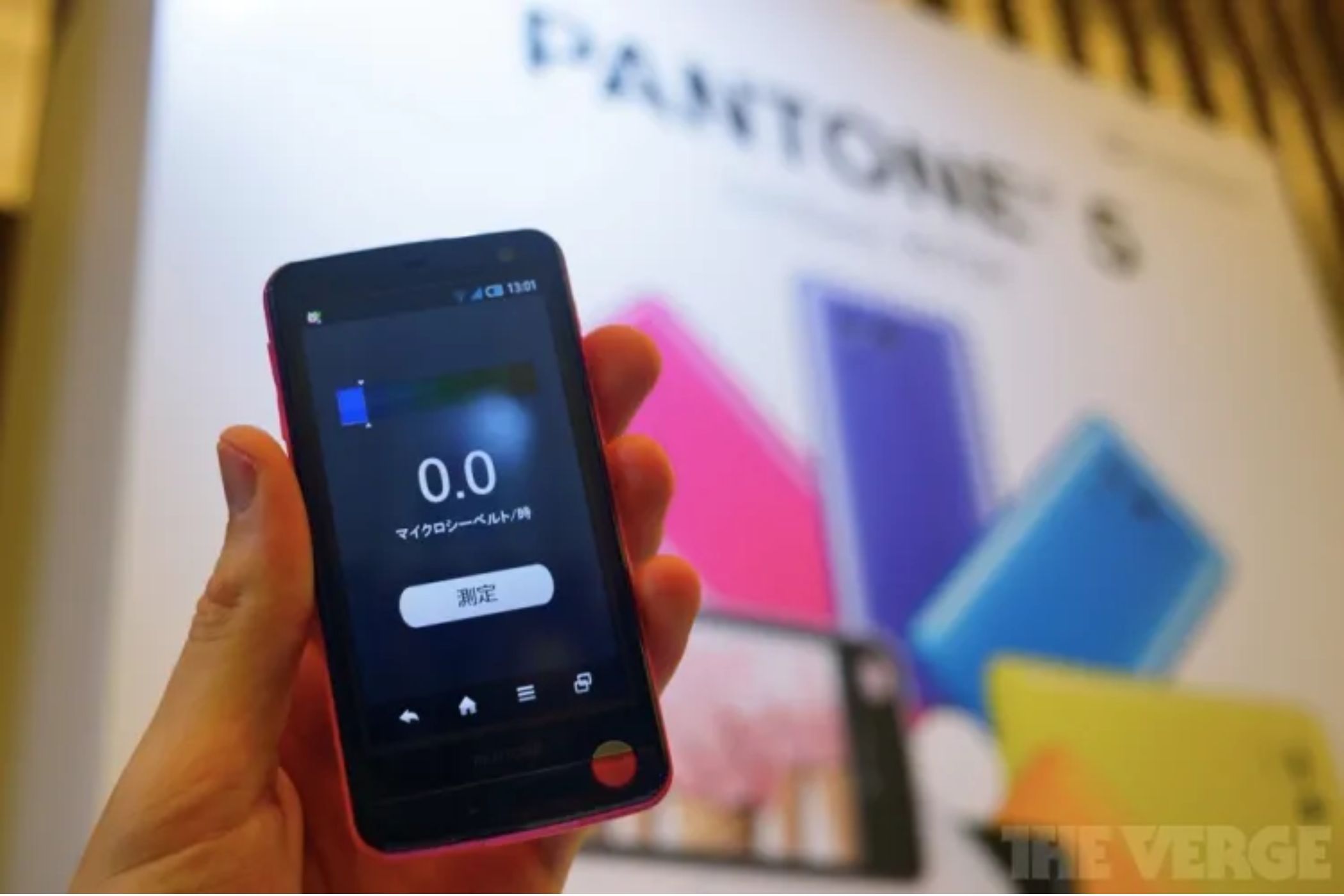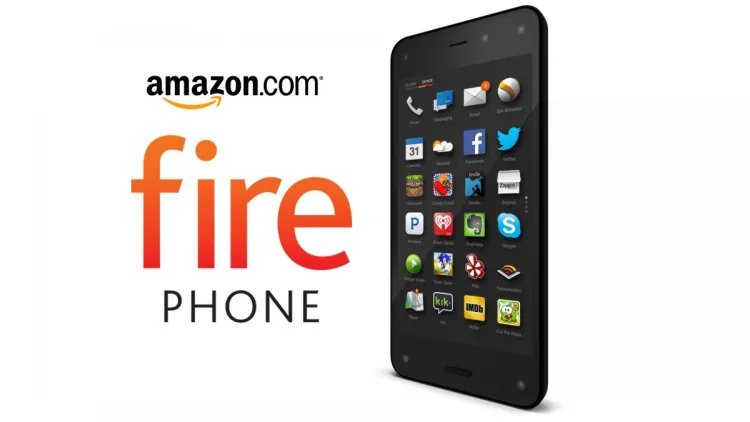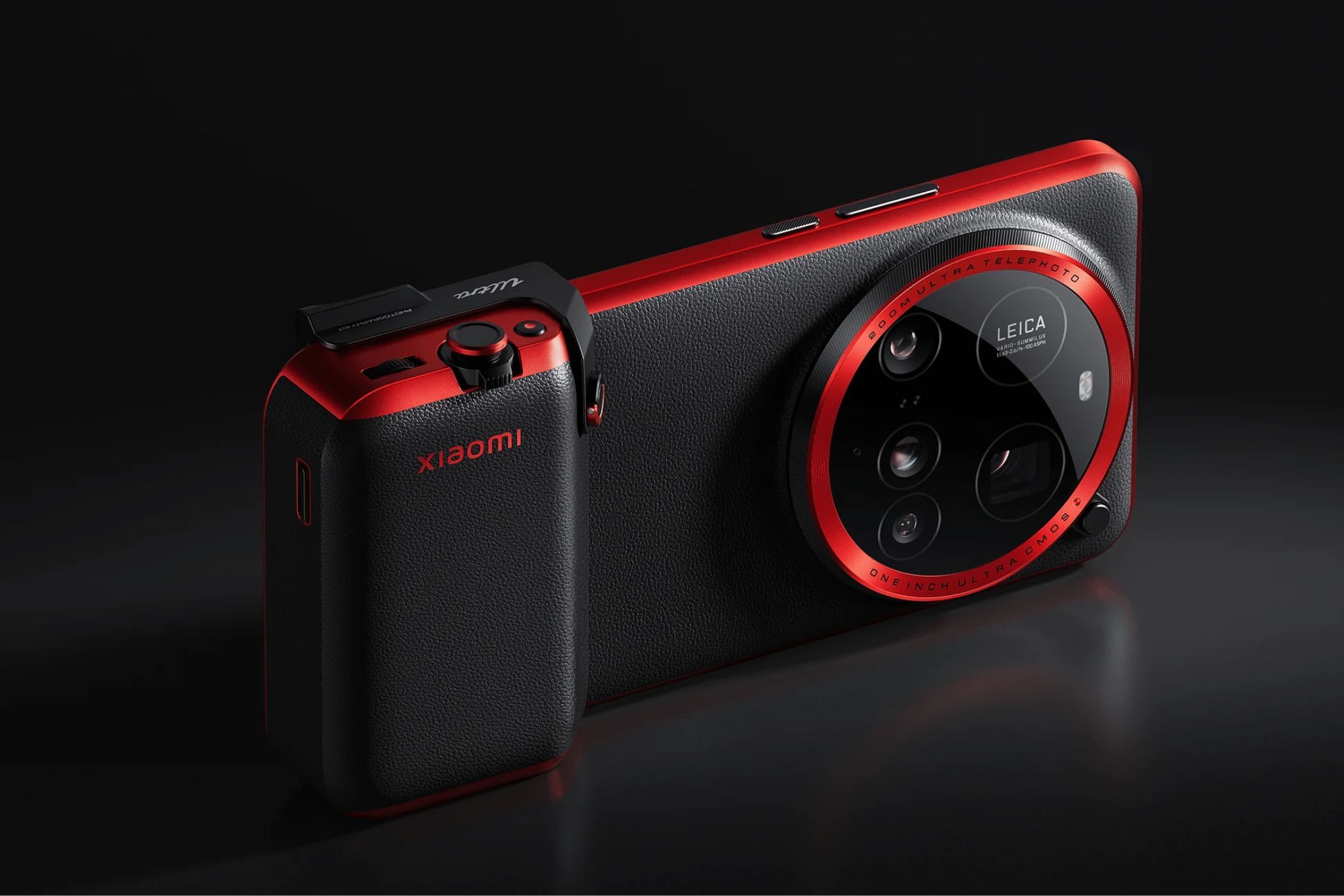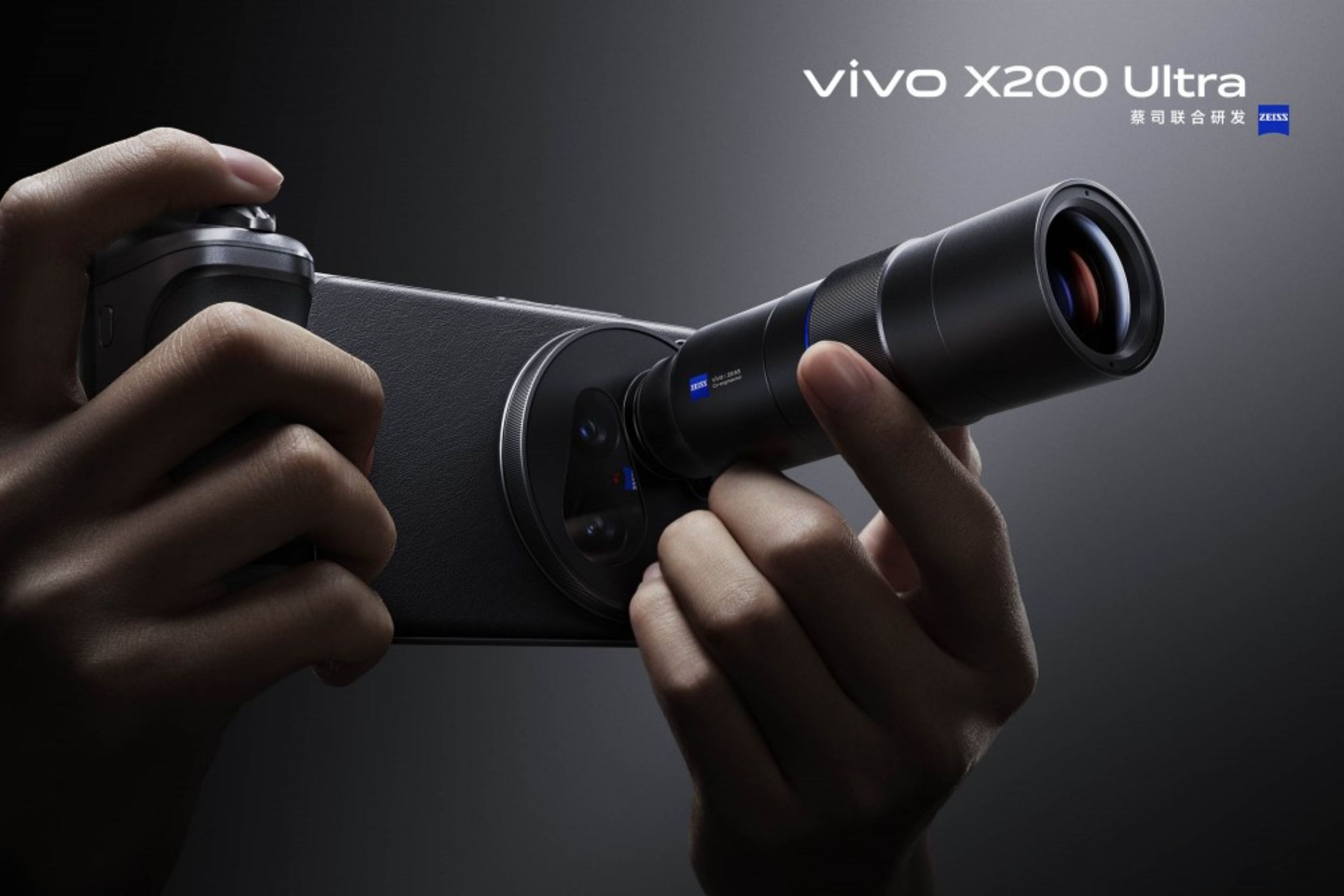Right now, the entire consumer tech world is laser-focused on AI. But before the AI era, phone makers were in their chaotic phase, throwing wild ideas into devices just to see what might work. The results? Holograms, radiation sensors, concierge buttons, and other features that were either ahead of their time… or just plain bizarre.
So let’s take a look back at 10 of the strangest, most off-the-wall features ever crammed into a phone.
1
LG G8’s Hand ID & Air Gestures
LG, bless its heart, always tried to do things differently—and sometimes, too differently. The G8 ThinQ, launched in 2019, brought two features that felt straight out of Minority Report. First, there was Hand ID, which scanned the unique vein patterns in your palm using an infrared Z Camera. No joke—it read the blood flow in your hand.
Then there was Air Motion, a feature that let you control apps with Jedi-like hand waves. Change the music, answer calls, adjust volume—all without touching the screen. Sounds cool in theory, but in real-world use? Laggy, inconsistent, and often more trouble than it was worth.
Still, in a world leaning into touchless everything, could a polished version work today? Maybe—but only if it doesn’t make you look like you’re casting a spell every time you want to pause a video. (And yes, Samsung did dabble in “Air Gestures” on the Galaxy S3 years earlier, but LG took it to a whole new level with vein-scanning sorcery.)
2
YotaPhone’s Dual-Screen Displays
Imagine a Kindle and a smartphone had a baby—that’s the YotaPhone. Its rear E-Ink screen lets you read books, glance at notifications, or save battery by using a power-sipping display.
It sounded genius. But in practice, it was slow, clunky, and not very well supported by apps. The YotaPhone 3 was its final gasp before the company went silent. Still, the concept lives on in niche E-Ink phones like the Hisense A5—and honestly, an E-Ink cover display on something like a flip Razr phone in 2025? That could actually work.
3
Vertu’s Concierge Button
Luxury phone maker Vertu wasn’t about features—it was about flexing. Starting at several thousand dollars, Vertu phones came with sapphire glass, gold accents, and one of the weirdest features of all: a dedicated concierge button.
Pressing it gave you access to a real human 24/7 who could book flights, get you concert tickets, or maybe order you caviar in the middle of nowhere. Totally unnecessary for the rest of us, but for billionaires? Why not.
Today, with AI assistants like ChatGPT and Google Gemini evolving fast, it’s not hard to imagine a digital concierge experience becoming more mainstream. But for now, Vertu’s ruby button remains a glorious, pointless monument to excess.
4
Samsung Galaxy Beam’s Mini Projector
This one still gets points for sheer audacity. The Galaxy Beam, launched in 2012, had a built-in projector that could beam 50-inch images onto any surface. Movie night on your ceiling? Presentations on the fly? It was all possible.
But battery life took a serious hit, and in bright rooms, the projector struggled. While Samsung moved on, the idea got a spiritual successor in Unihertz’s rugged Tank 2 (and its successors), which includes a modern projector. Maybe it’s time someone made a compact, entertainment-first phone with this concept done right.
5
LG Wing 5G’s Swiveling Screen
Just before LG exited the phone business, they gave us one last jaw-dropper: the Wing. Its screen swiveled horizontally, revealing a smaller display underneath, turning the whole phone into a giant “T.”
Was it useful? Sometimes. Cool? Definitely. Popular? Not really. App support was minimal, and it felt bulky in daily use. But it gets points for trying something new, and honestly, with foldables becoming mainstream, maybe LG’s strange “T-mode” was just a few years too early.
6
Red Hydrogen One’s Holographic Display
The camera company RED makes some of the best cinema cameras in the world. But their smartphone? Not so much.
The Hydrogen One, released in 2018, promised a “4V holographic display”—essentially a 3D effect without glasses. It was supposed to be revolutionary. In reality, it was headache-inducing and grainy, and the 3D depth effect was more of a gimmick than anything useful.
Add in the bulky, industrial design and a price tag north of $1,000, and it flopped hard. It was a classic case of overpromising and underdelivering, from a company that was clearly out of its lane.
7
HTC Evo 3D / LG Optimus 3D’s Glasses-Free 3D Display
Speaking of failed 3D dreams—remember when 3D everything was a thing in the early 2010s? HTC and LG both jumped in with phones that could capture and display 3D photos and videos without glasses.
It worked, technically. But the effect had a narrow viewing angle, reduced screen resolution, and no real content to support it. It was a short-lived gimmick that aged about as well as 3D TVs.
8
Samsung Galaxy S4 Zoom
Samsung once had a dream: combine a point-and-shoot camera with a phone. The result? The Galaxy S4 Zoom, a chunky device with a 10x optical zoom lens that jutted out like a mini telescope.
It offered real zoom, which was rare back then. But it also made the phone feel like you’d taped a camera to the back of your Galaxy S4. Not practical. Samsung later refined the idea with the Galaxy K Zoom, but the concept faded. Now, phones like the Galaxy S25 Ultra pull off 10x optical zoom with periscope lenses and slim profiles. The weird kid grew up.
9
PANTONE 107SH’s Radiation Sensor
Here’s one you probably haven’t heard of: the Softbank PANTONE 107SH. This Japan-exclusive phone came with a built-in radiation sensor. Yes, you read that right—it could measure radiation levels in your environment.
Why? Likely a response to public concerns after the 2011 Fukushima nuclear disaster. Was it useful? Maybe, but only in specific circumstances. For the average user, it was more of a conversation starter than a life-saver.
Still, in today’s world of health sensors and environmental monitoring, could we see hyper-specific sensors like this again? It’s possible—just probably not for radiation.
10
Amazon Fire Phone’s Pseudo-3D Interface
Remember the Amazon Fire Phone? No? That’s okay, most people don’t. Amazon’s first (and only) phone debuted in 2014 and came packed with a wild feature: Dynamic Perspective.
Using four infrared front cameras, the phone could track your head and eyes to create a 3D-like interface that shifted perspective as you moved. It was cool in theory, but the execution felt more like a disorienting carnival trick. Developers didn’t adopt it, users didn’t like it, and the phone tanked hard.
Still, this was a glimpse at motion-tracked UX design, something that could make a comeback if done right—especially in AR or VR interfaces.
Could Any of These Ideas Make a Comeback?
Some of these features were straight-up duds. Others? Just too early.
Let’s take foldables as a perfect example. They once looked like gimmicks ready to die at launch. But now? Phones like the Samsung Galaxy Z Fold 6, OnePlus Open, and Pixel 9 Pro Fold are killing it. They’re practical, durable (to an extent), and great for multitasking. What was once “weird” is now desirable.
Cameras are where some of the wildest ideas are finally starting to make sense. Devices like the Xiaomi 15 Ultra, Oppo Find X8 Ultra, and the upcoming Vivo X200 Ultra are pushing mobile photography into DSLR territory. We’re talking inch-sized sensors, variable aperture systems, and seriously capable periscope zoom lenses.
The Xiaomi 15 Ultra even ships with an optional photography kit that transforms it into a true point-and-shoot, complete with a detachable shutter button and thumb grip for better control.
Vivo is going a step further with the X200 Ultra, which will support an external zoom lens co-engineered with Zeiss. This accessory connects via a custom adapter and sits over the phone’s 200MP periscope lens, enhancing its optical zoom with a 13-element glass construction.
A decade ago, this kind of setup would’ve sounded ridiculous. Today, it’s just another page in the flagship spec sheet.
Wrapping Up
Smartphones used to be wild, and sometimes they still are. While most of the devices in this list are now footnotes in tech history, they represent something we shouldn’t forget: the willingness to experiment.
Not every idea has to be a hit. Some can just be bold. Strange. Different. And even if they don’t stick the landing, they can inspire what comes next.


